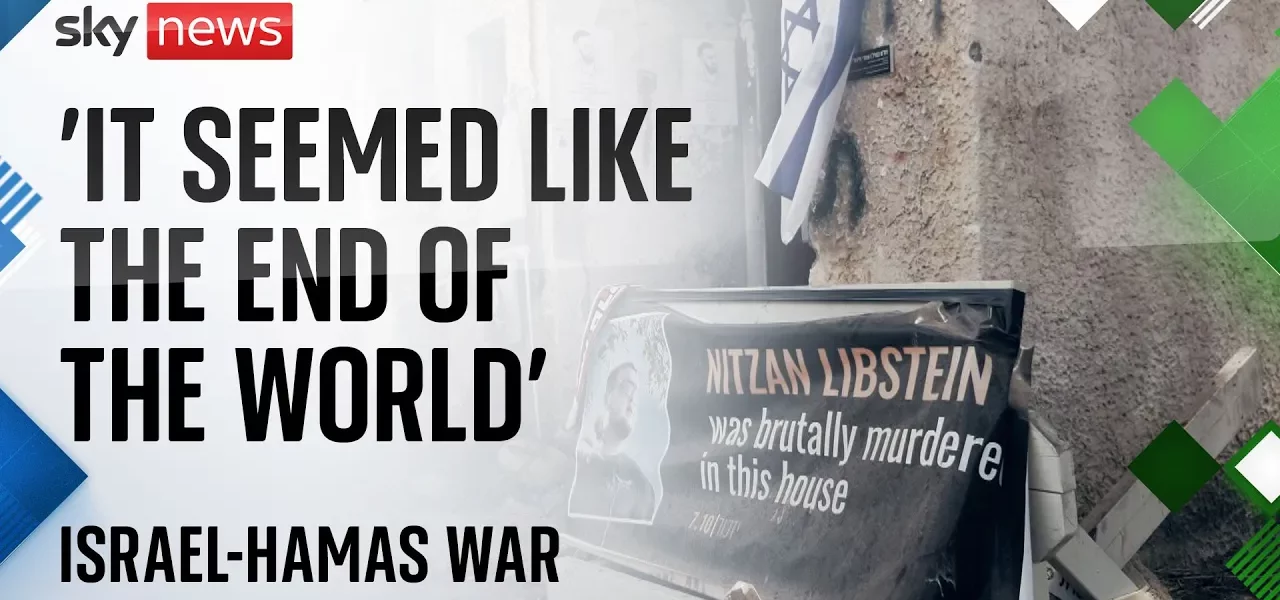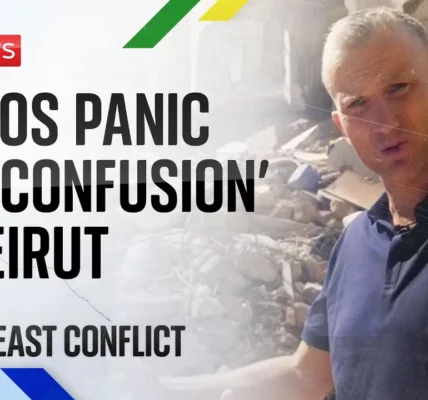The Tragic Events in Kafar Aza: A Personal Account of the October 7th Attacks

The events of October 7th marked a profound tragedy for the residents of Kafar Aza, as they faced unimaginable horror at the hands of Hamas. This article delves into the harrowing experiences of survivors, the impact on the community, and the ongoing ramifications of that fateful day.
Introduction
On the morning of October 7th, Kafar Aza, a small village just 3 kilometers from the Gaza border, became the epicenter of a brutal attack that would forever alter the lives of its residents. As the first shots rang out just after 6:30 a.m., confusion and fear gripped the community. With the absence of communication and basic utilities, many residents found themselves trapped in a nightmare. This article recounts the series of events that unfolded that day, the immediate aftermath, and the long-lasting effects on the survivors.
The Attack Unfolds
As dawn broke on that fateful Saturday, residents of Kafar Aza were unaware of the chaos about to ensue. The community, already vulnerable due to its proximity to Gaza, faced an unprecedented assault.
Initial Confusion and Fear
With no access to information, residents were left in the dark about the situation unfolding outside their homes. Many sought refuge in makeshift shelters, unsure of what awaited them. The sounds of gunfire and explosions began to permeate the air, heightening their sense of dread.
Encroaching Violence
As the day progressed, the situation deteriorated rapidly. Eyewitness accounts describe how the deafening sounds of rockets shook their homes, leading to sheer panic among the villagers.
- No access to electricity or water
- Residents hiding in shelters
- Continuous gunfire and explosions
The Terrorists Invade
By 9:00 a.m., the situation escalated with the arrival of a second wave of Hamas operatives. Some infiltrated on foot while others arrived via paragliders, leading to a chaotic and terrifying scene.
- Initial shots fired, leading to mass hysteria.
- Invasion of homes by armed terrorists.
- Residents witnessing brutal violence and chaos.
The Aftermath of the Attack
In the days following the attack, Kafar Aza was left reeling. The Israeli military eventually arrived, but not before the community had suffered devastating losses.
Casualties and Losses
The toll of the assault was staggering, with 64 Israelis reported dead and countless others injured. The physical and emotional scars of the attack would linger long after the gunfire had ceased.
Survivors’ Accounts
Survivors of the attack, such as Aviv Baram, faced heart-wrenching moments of bravery amidst chaos. Many recount stories of loved ones who did not survive and the trauma that followed.
- Baram’s last moments with his family
- Experiences of those who were taken hostage
- Emotional struggles faced by survivors
Long-Term Effects on the Community
A year after the attacks, Kafar Aza remains a ghost village. The few who have returned are haunted by memories of that day and the losses they endured.
Displacement and Temporary Accommodations
Many residents have found temporary accommodations in northern Tel Aviv, grappling with the trauma of their experiences.
Community Resilience
Despite the horrors faced, some community members are committed to rebuilding their lives and homes. Initiatives are underway to create a new village for those affected.
- Community workshops for emotional healing
- Efforts to support displaced residents
- Plans for future resilience and rebuilding
Conclusion
The events of October 7th, 2023, changed everything for the residents of Kafar Aza and highlighted the fragility of peace in the region. As the conflict continues to evolve, it is crucial to remember the human stories behind the headlines. The journey towards healing and rebuilding is ongoing, and the memories of those lost will always remain. We urge readers to stay informed about the situation and support efforts for peace in the region.
Call to Action: To learn more about the ongoing conflict and how you can help, visit our related articles on community support and humanitarian efforts.
“`




